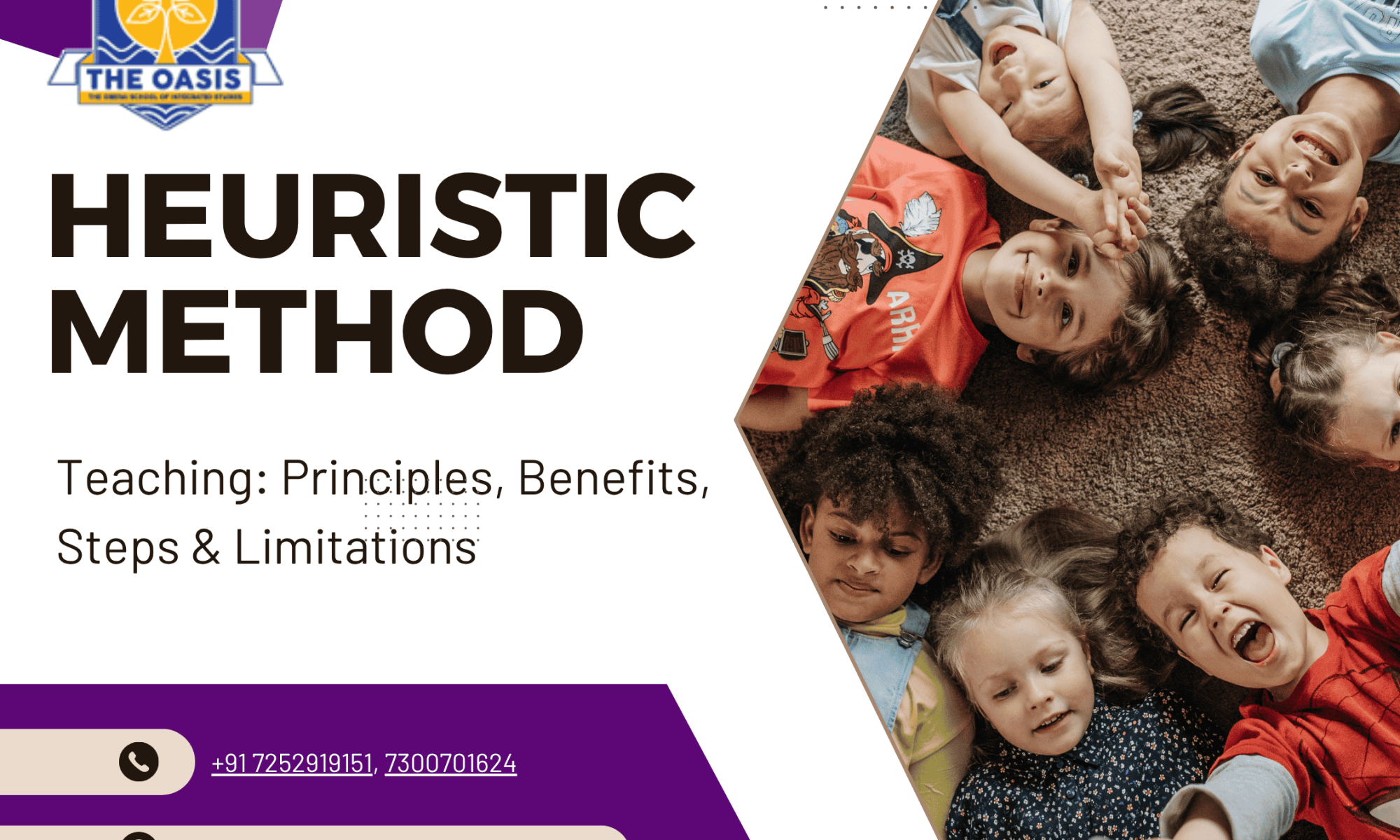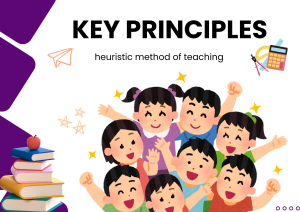
Walk through any successful campus—from boys boarding schools in dehradun located in the foothills of the Himalayas—and you will see a common thread. students who learn the importance of health and wellness are more likely to succeed academically, socially, and emotionally. In an era of digital distraction and heightened competition, teaching young people how to care for both body and mind is no longer a “nice-to-have”; it is a cornerstone of modern education.
The Expanding Meaning of Health and Wellness in Education

Outside of Physical Education Class
For generations, “health class” consisted of a semester of biology and a couple of periods of physical education. Now, health and wellness encompasses nutrition science, mental-health literacy, emotional intelligence, sleep hygiene, digital balance, and even environmental stewardship.
A Whole-Child Approach
Schools increasingly implement a whole-child model, where health and well-being are seen as connected pillars that promote intellectual development. When students sleep well, eat well, exercise frequently, and develop resilience, neural pathways that manage memory and creativity work at their best.
Why Health and Wellness Education Matters

Fuels Academic Achievement
Sharper focus: Adequate hydration and nutritious meals level out blood-glucose levels, curbing the typical afternoon slump.
Better memory: Aerobic exercise regularly increases the hippocampus, the learning center of the brain.
Fewer absences: Healthy immune systems mean fewer sick days.
Key Point: Repeating the words health, wellness in school policy is linked to quantifiable improvements in test scores, based on many peer-reviewed studies.
Establishes Lifelong Habits
Students who learn health, wellness habits early—mindful eating, stress-management breathing, regular sleep regimens—are much more likely to bring those habits into adulthood, disrupting cycles of illness.
Safeguards Mental Well-being
Mindfulness education, gratitude journaling, and peer-support groups instruction make help-seeking the norm and reduce stigma. Introducing health and wellness education into homeroom presentations instructs kids in labeling feelings and in accessing coping strategies before crises unfold.
Promotes Positive Social Behavior
Collaborative fitness activities and gardening clubs promote teamwork, empathy, and leadership. When health and wellness are common student values, bullying rates decrease and the school climate becomes more positive.
How Schools Can Bring Durable Health and Wellness Programs

Integrate into the Core Curriculum
Science: Monitor heart-rate statistics in Physical Education, then graph and analyze charts in math.
Language Arts: Reflective essays on individual health, wellness experiences.
Social Studies: Investigate world food systems and cultural healing practices.
Train and Support Teachers
Professional development workshops in trauma-informed instruction and movement-friendly classrooms equip staff to integrate health and wellness without compromising academic rigor.
Involve Parents as Partners
Send home recipe cards that correspond to cafeteria menus.
Host evening webinars on adolescent sleep patterns.
Parents who use the same health, wellness language extend lessons at home.
Leverage Community Resources
Collaborations with in-town hospitals, yoga studios, or farmers’ markets can offer guest speakers, internships, and fresh vegetables for salad bars, enriching the school’s health and wellness network.
Measure and Iterate
Implement short surveys to monitor student stress levels, step-count challenges to measure activity, and attendance figures to assess impact. Data-driven refinements keep health, wellness initiatives nimble and effective.
Overcoming Common Obstacles
Limited Time and Budget
Begin small: five-minute “brain breaks” don’t cost a thing.
Perturb grants reserved for school wellness and health programs.
Cultural Sensitivity
Responsible for diverse dietary requirements and family habits. Invite parents to co-produce modules so health, wellness material does not feel alien.
Digital Overload
Educate tech hygiene as part of code classes. Simple guidelines—no phones at the table, blue-light filters after dark—assist students to incorporate health, wellness into screen time.
The Role of Health and Wellness in Holistic Development

Physical Health as a Basis
Without robust physical health, students can suffer from chronic fatigue, low energy, and more illness, all of which interfere with learning. Schools that include fitness, nutrition education, and preventive care cultivate a healthy physical environment where children can flourish.
Emotional and Social Intelligence
Education for health, wellness builds emotional control and people skills. By knowing the impact of their emotions on their conduct, they are more understanding classmates and skilled communicators.
Career and Life Readiness
Preparation in health, wellness instills in students time management, stress management, and interpersonal skills—all valuable tools for college and life.
Policy Recommendations for Schools
Make Health and Wellness a Core Value
Develop school-wide missions that emphasize health, wellness as priorities of the learning experience.
Hold Wellness Days on a Regular Basis
Every month, take a break from regular academics to participate in activities such as hiking, healthy cooking, or stress-reduction workshops.
Establish Student Wellness Councils
Engage students in leading health campaigns, taking surveys of peers, and jointly finding solutions with staff.
Final Thoughts
When schools promote health and well-being, they are doing more than avoiding disease—they set student potential free. The payoff extends to sharper minds, stronger bonds, and better-resilient attitudes. If you’re a parent selecting a campus or a student advocating for healthier school lunches, keep in mind that educational achievement and health and well-being advance together. By integrating distinct lessons, helpful policies, and local participation, schools can be authentic incubators of long-term well-being.
Frequently Asked Questions
1. How frequently should health and wellness subjects be taught in school?
Ideally, health and wellness ideas should surface weekly—through special classes, Physical education time, or advisory periods—so students develop habits.
2. What is the role parents can play to support school wellness programs?
Parents can reflect on campus activities at home: recreate healthy recipes, have screen-free dinner time, and talk about the family’s own health and wellness objectives.
3. Do wellness programs work with big budgets?
Yes. Even low-budget practices—stretch breaks, reminders to drink water—cultivate a health-and-wellness culture that promotes learning.
4. How do schools quantify the impact of wellness education?
They track attendance rates, student-stress surveys, fitness test scores, and academic performance trends tied to health, wellness interventions.
5. Is mental health included in health and wellness education?
Yes. Emotional resilience, mindfulness, and peer support are key mainstays of holistic health, wellness programs in contemporary schools.
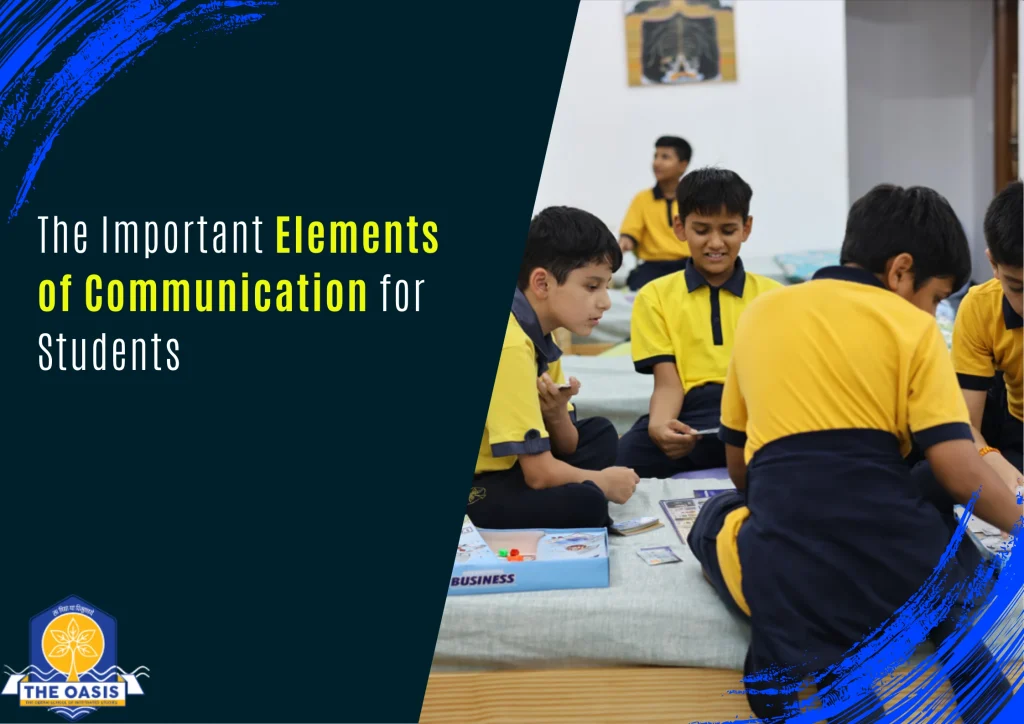



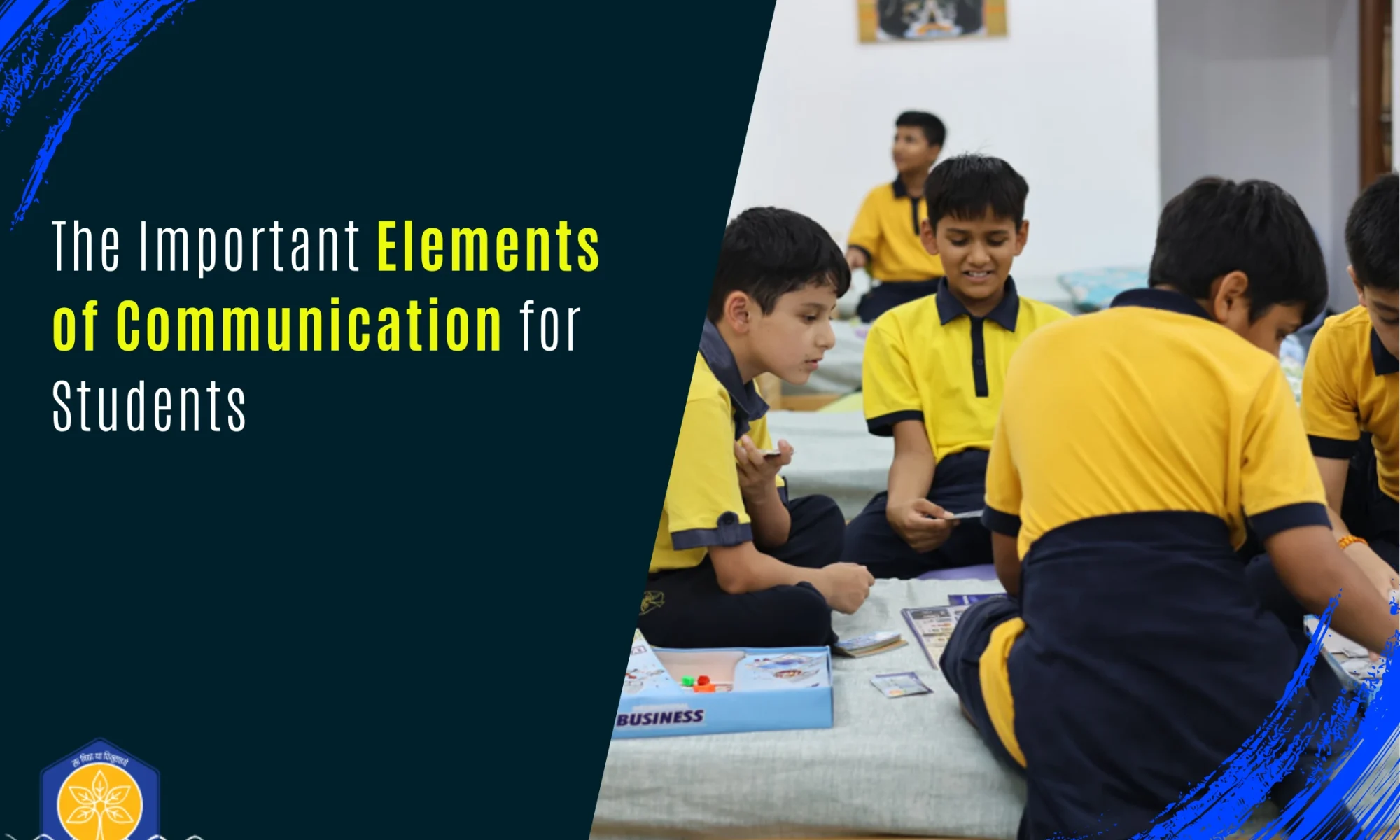






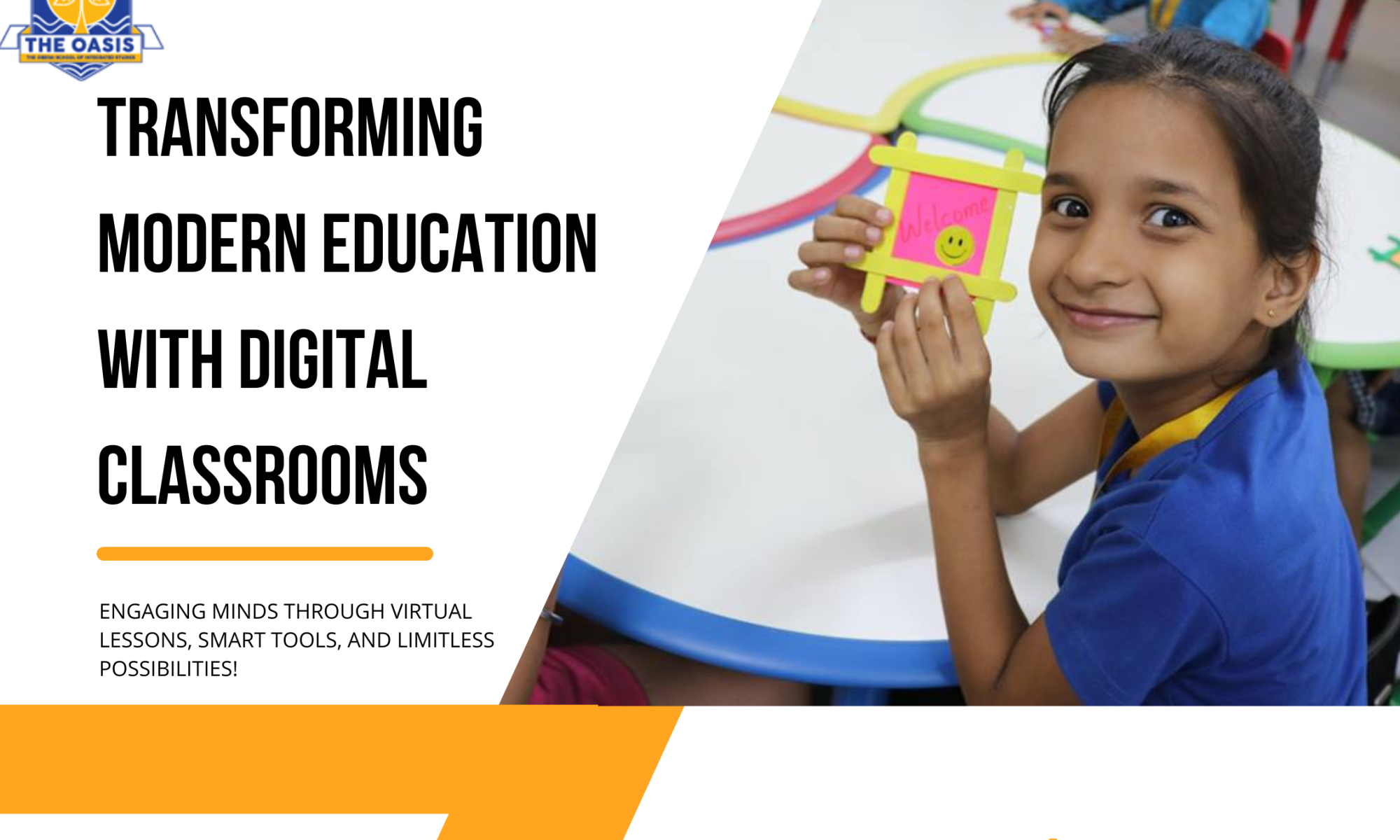
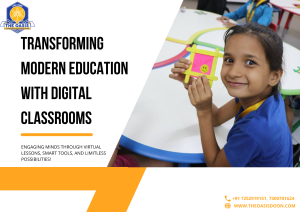





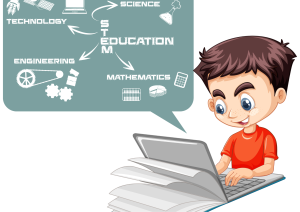
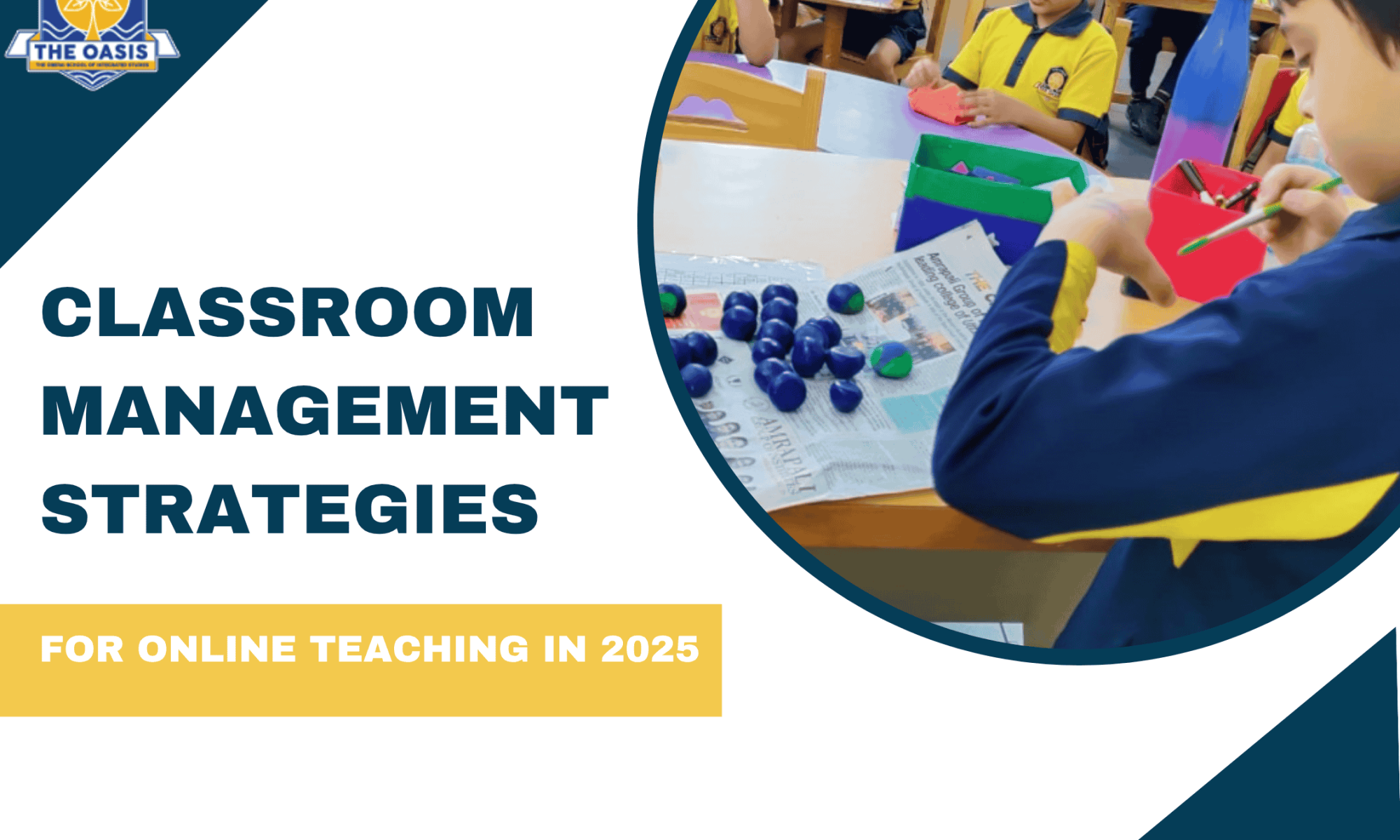
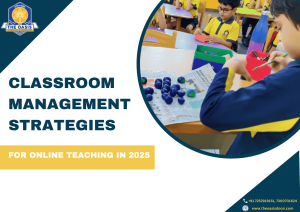







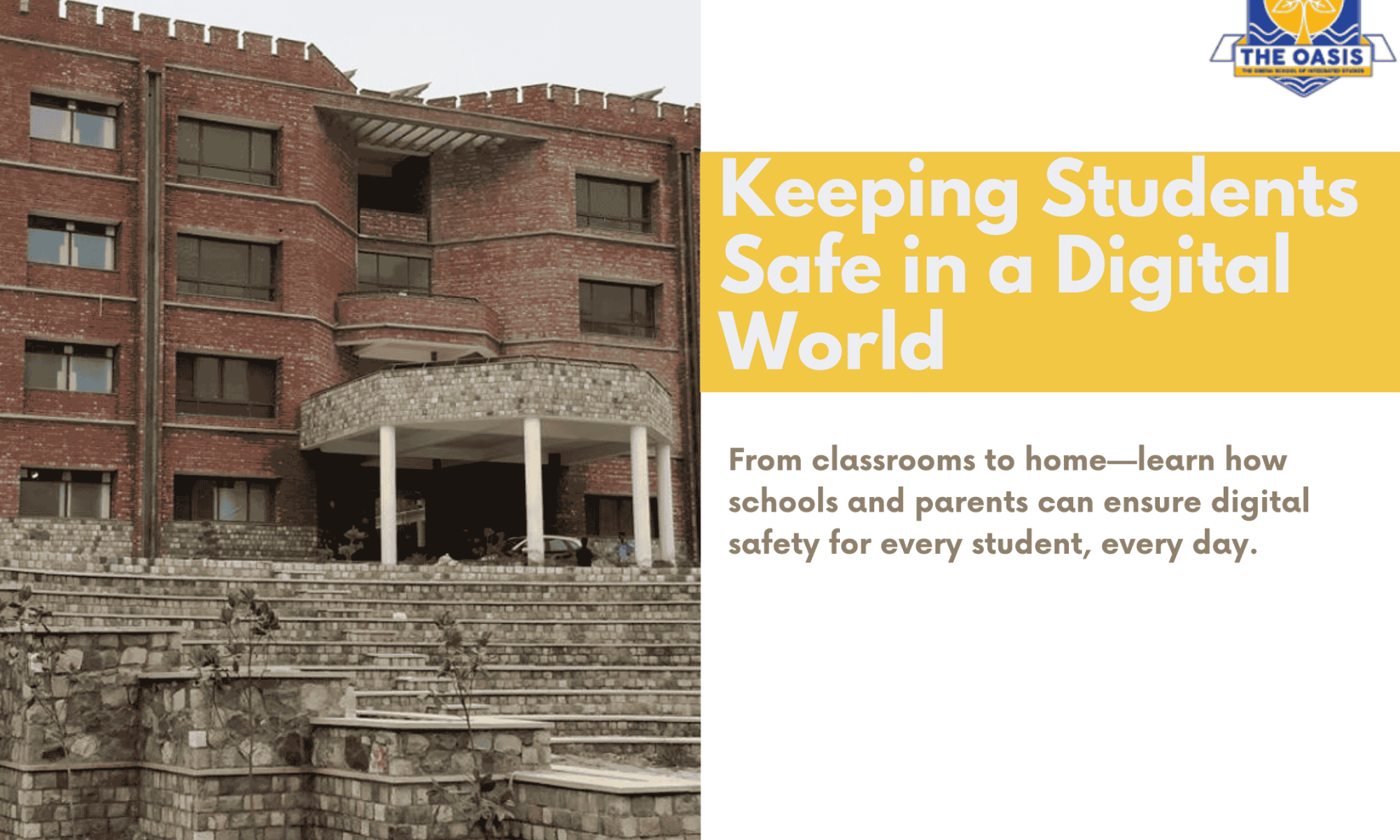
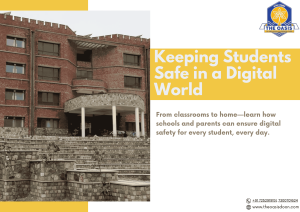
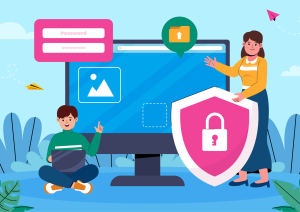


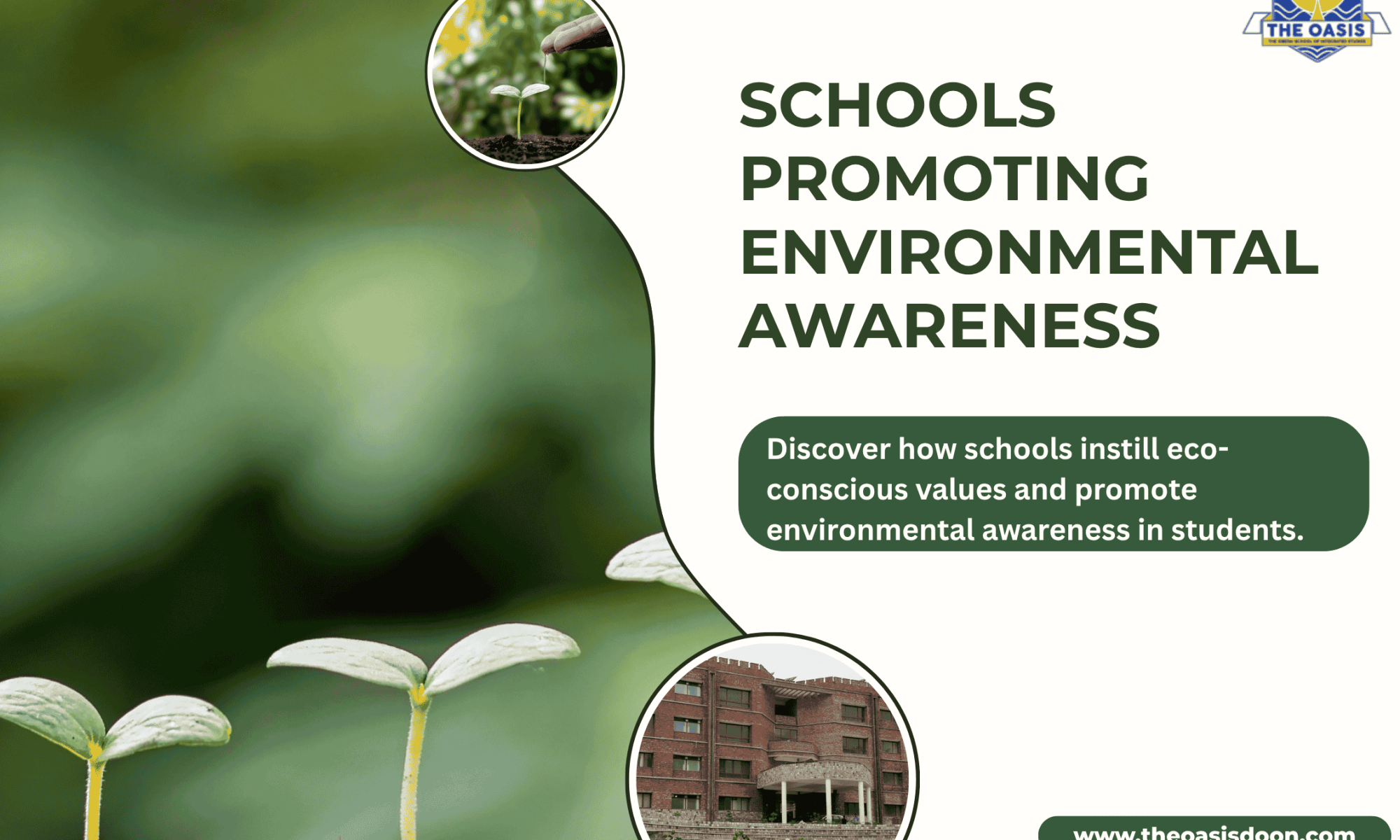
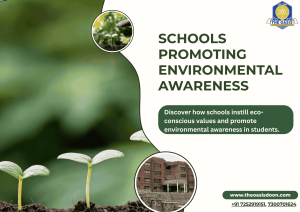


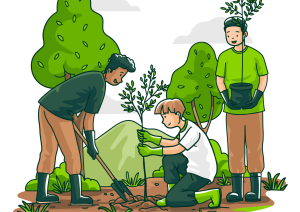





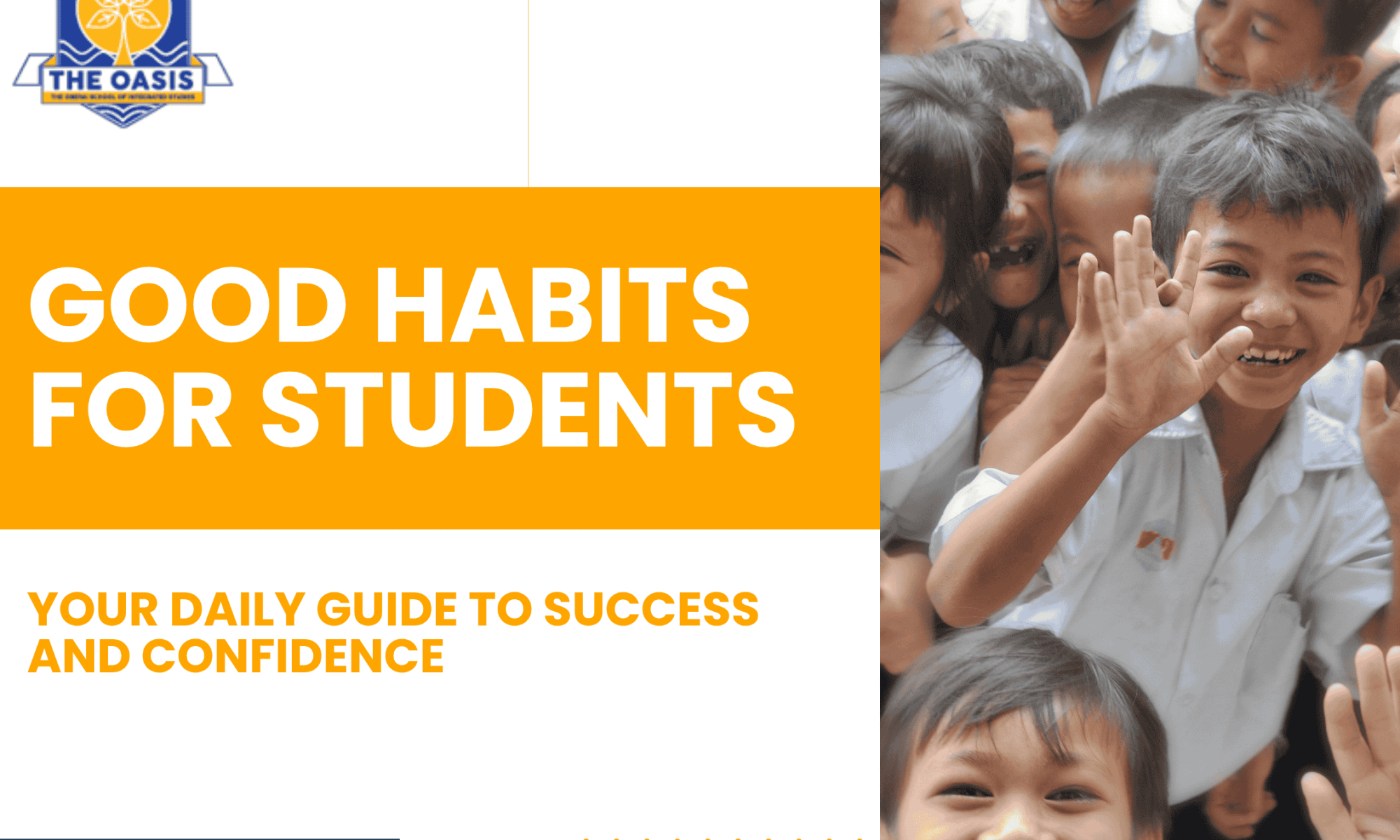
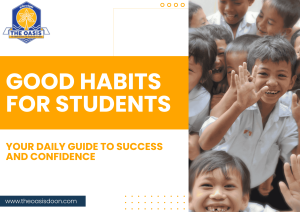

 1.Wake Up at a Consistent Time
1.Wake Up at a Consistent Time
 1.Apply the Pomodoro Technique
1.Apply the Pomodoro Technique
 1 .Sleep for 7–9 Hours Each Night
1 .Sleep for 7–9 Hours Each Night
